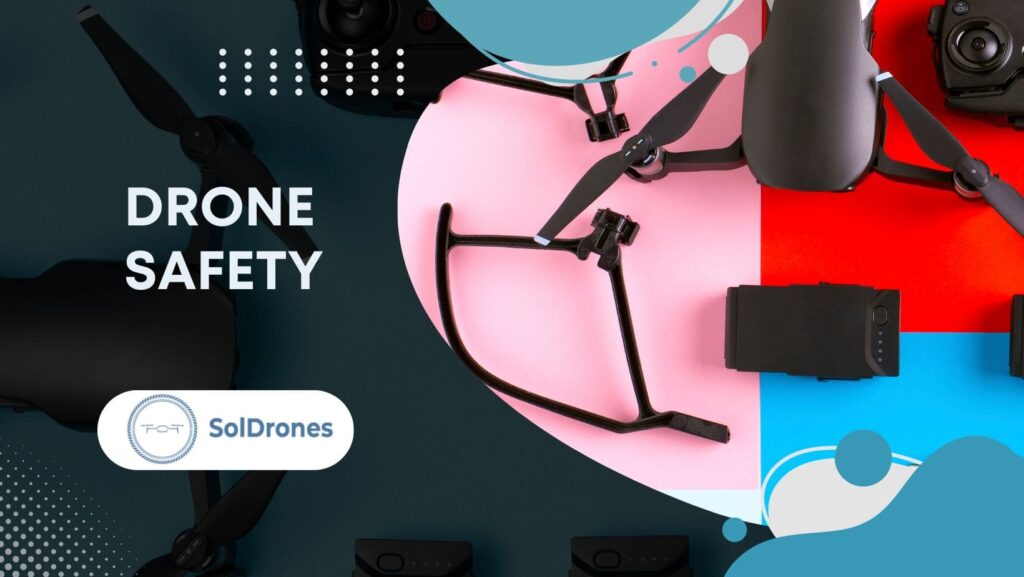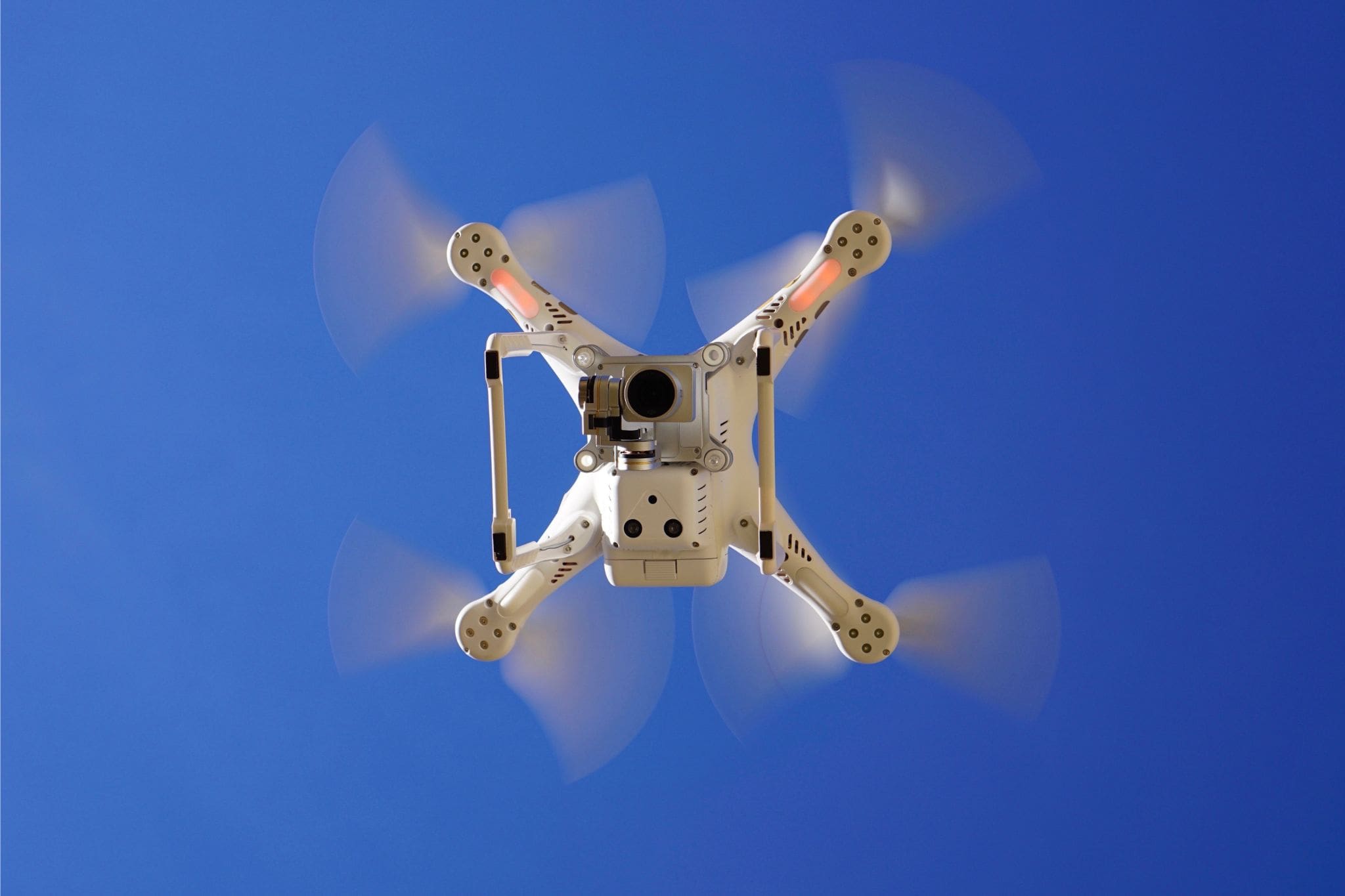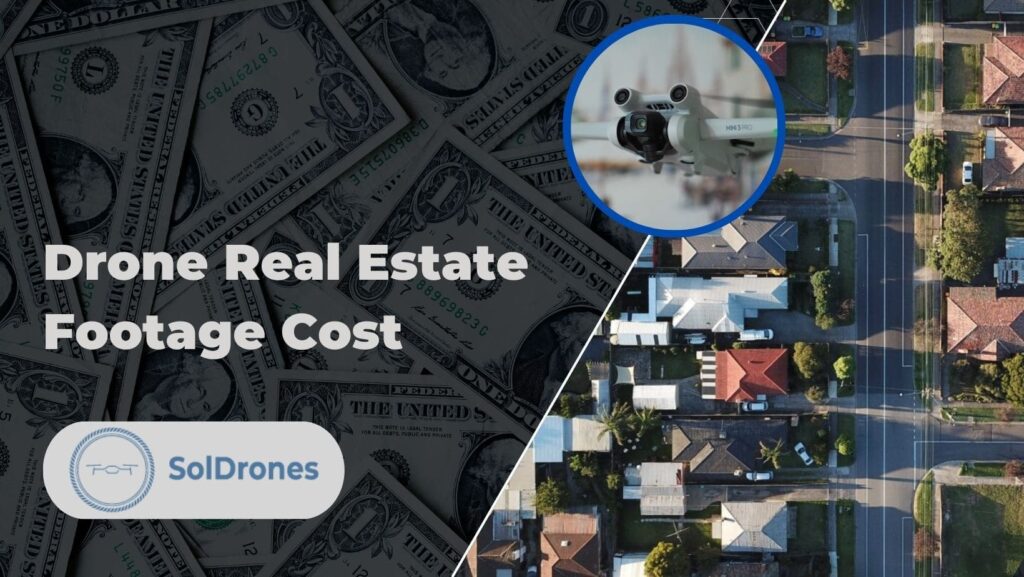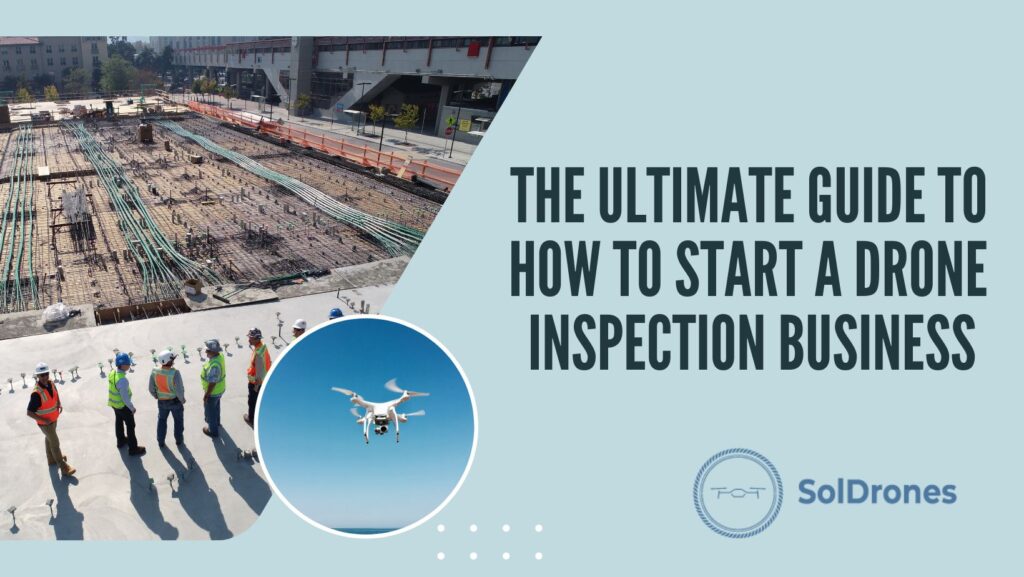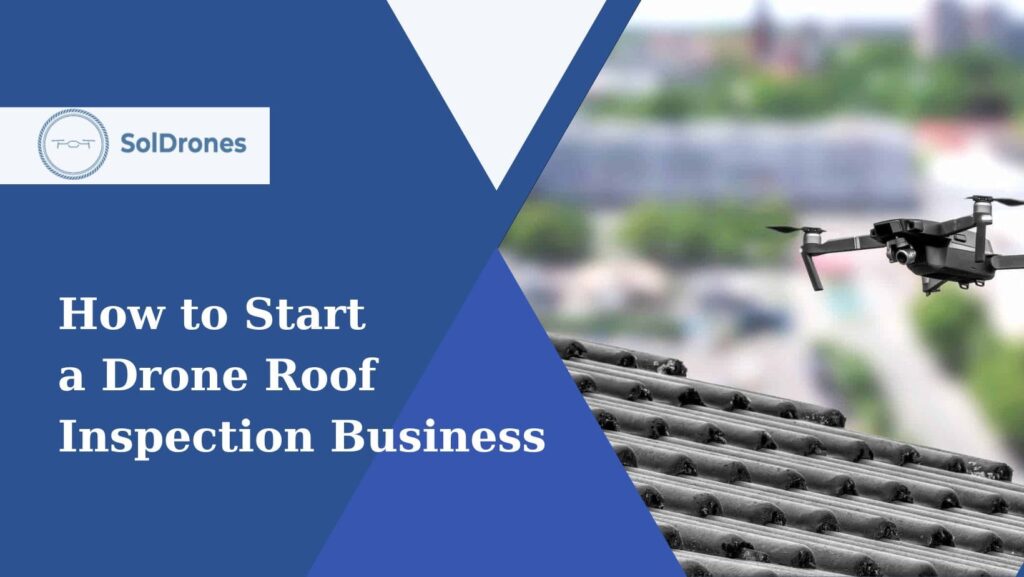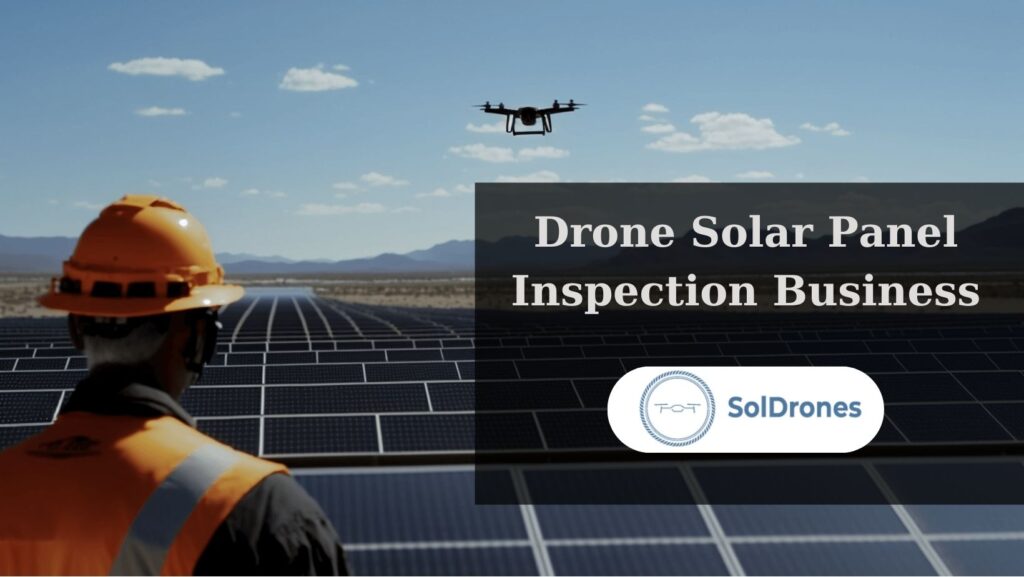Drones are soaring in popularity, transforming how we capture memories, explore landscapes, and even receive deliveries!
However, this surge raises critical questions and concerns regarding safety, responsible usage, and legality.
How can enthusiasts ensure safe and responsible flying to protect themselves and their people and properties?
This article aims to be your go-to guide on drone safety, providing valuable insights, practical guidelines, and legal frameworks. It enhances understanding and awareness, allowing for a more secure and enjoyable drone flying experience.
Whether you’re a first-time flyer or a seasoned drone enthusiast, this comprehensive guide will help you elevate your drone safety knowledge and make the skies safer for everyone!
Article Highlights:
- Insightful drone safety measures ensure secure, lawful flying experiences.
- Emerging safety technologies and trends are shaping the future of the drone industry.
- Essential accessories and pre-flight checklists are crucial for enhanced drone safety.
Understanding Drone Safety within National Airspace System
Drone safety refers to the protocols and measures established to ensure the responsible operation of drones, or unmanned aircraft systems, within the National Airspace System (NAS).
The significance of drone safety is underscored by the risks posed to people, property, and other aircraft when unmanned aircraft are operated irresponsibly.
Adherence to these protocols is crucial for both professional and amateur drone pilots to prevent accidents and uphold the integrity of shared airspace.
The significance of drone safety is underscored by the risks posed to people, property, and other aircraft when unmanned aircraft are operated irresponsibly.
Categories of Drone Safety
Drone safety can be broadly categorized into operational, technological, and legal safety.
- Operational safety pertains to the knowledge and practices required to fly drones securely, emphasizing the drone pilot’s role in avoiding accidents.
- Technological safety involves the features and accessories designed to make flying drones safer, such as collision-avoidance systems.
- Lastly, legal safety encompasses adherence to drone rules set forth by bodies like the Federal Aviation Administration (FAA), which includes respecting controlled airspace restrictions.
Impact of Negligence
Negligence in adhering to drone safety protocols can result in severe consequences, impacting the drone pilots and the broader community. Flying drones irresponsibly can lead to:
- Collisions
- Damage to property
- Potential injury to individuals
Additionally, non-compliance with drone rules can result in legal repercussions, including fines and sanctions from the FAA, affecting the pilot’s ability to operate unmanned aircraft legally.
Federal Aviation Administration Drone Safety Legislation Overview
Understanding and complying with drone safety legislation is fundamental for anyone looking to operate unmanned aircraft systems.
The Federal Aviation Administration oversees the governing the rules of operation of drones within the National Airspace System.
These regulations are intended to integrate drones safely into the airspace, emphasizing the responsibility of pilots to respect controlled airspace and maintain situational awareness while flying drones, ensuring the security of all airspace users.
Carry Proof Essential Drone Safety Features for Drone Pilots
1) Collision Avoidance Systems
Collision Avoidance Systems are pivotal for those who fly drones, whether for recreation or professional purposes.
These systems help prevent unintended encounters with other aircraft, buildings, or obstacles, which is crucial in maintaining safety during drone operations.
By adhering to drone laws and utilizing such features, a visual observer can significantly mitigate the risks associated with flying a UAV, ensuring the security of their equipment and surrounding entities.
2) Return-to-Home (RTH) Function
The Return-to-Home function is another crucial safety feature, particularly beneficial when pilots lose control or connection with their drones.
This feature ensures the UAV can safely return to its launch point, avoiding restricted airspace and obstacles on its way back.
RTH is not just a convenience but a crucial component in recreational UAS safety tests, enhancing the reliability and security of drone operations, especially in emergency response and drone deliveries.
3) Geo-fencing
Geo-fencing is a vital safety feature that uses GPS to define geographical boundaries, preventing drones from entering restricted or unsafe areas.
This technology is essential for drone owners to comply with safety guidelines and regulations, preventing unintentional entry into restricted airspace and protecting sensitive areas.
Geo-fencing aids pilots in maintaining responsible and legal drone usage, contributing to overall safety in the airspace and on the ground.
4) Automatic Landing
Automatic landing is another indispensable feature for secure drone operations. It activates when the drone encounters issues such as low battery, allowing it to land safely and avoid potential collisions.
This feature is crucial for drone owners, offering an added layer of security and compliance with safety and drone registration requirements.
It helps maintain control during unexpected situations, ensuring the safety of the drone and its surroundings.
Pre-Flight Safety Tips for Unmanned Aircraft
Before launching any drone, adhering to a pre-flight safety checklist is imperative to ensure the security and success of the flight.
This checklist involves several crucial steps, including equipment inspection, environmental assessment, securing the flight area, and meticulous flight path planning, each contributing to a safer and more responsible drone flying experience.
These measures are not just best practices but foundational elements to abide by drone laws and guidelines, helping pilots avoid unforeseen complications and hazards.
1) Perform Equipment Inspection
Before flying a drone, a thorough equipment inspection is crucial to ensure all components function correctly.
Pilots must assess the condition of the propellers, motors, and battery, adhering to safety guidelines to prevent malfunctions during flight.
Following a comprehensive checklist is a foundational aspect of the recreational UAS safety test to prepare drone operators for their drones’ safe and lawful use.
2) Assess the Weather and Environment
Assessing weather and environmental conditions is essential for pilots before initiating flight. Wind, rain, and temperature can significantly impact the drone’s performance and the pilot’s ability to control it.
Understanding and respecting these conditions are fundamental aspects of drone laws and the aeronautical knowledge test, ensuring that drone operators can fly safely and respond effectively to environmental variables.
3) Secure the Flight Area
Securing the flight area is vital to ensure the safety of people, property, and other nearby aircraft. This involves verifying that the area is free of obstacles and potential hazards, and it is especially important when flying a drone near emergency response efforts.
Following this safety tip is crucial for drone pilots to avoid infringements and ensure their operations follow drone registration and remote pilot certificate requirements.
4) Plan the Flight Path
Planning the flight path meticulously is paramount for drone operators. It involves creating a route that avoids restricted areas and considers the visual line of sight, a critical requirement under drone laws.
Proper planning ensures adherence to safety guidelines, reducing the risk of collision and helping pilots navigate their drones responsibly, especially when the drone weighs significantly, impacting its maneuverability and response.
Flying Safely and Legally
Before you fly your drone, it’s crucial to understand and adhere to all relevant rules and regulations to maintain safety and legality.
Here, we explore vital aspects, including local laws, no-fly zones, visual lines of sight, and responsible flying practices that every drone operator should know.
Adhering to Local Laws and Regulations
Drone users must understand and adhere to local laws and FAA rules, whether for recreational purposes or commercial purposes.
These rules apply to various aspects of drone use and are crucial to avoid a dangerous flight, especially when you fly near emergency response activities or manned aircraft.
Recreational flyers should pay special attention to FAA-recognized CBOs (community-based organization) guidelines and carry proof of test passage to ensure they operate within legal frameworks.
Respecting No-Fly Zones
No-fly zones are areas where flight is prohibited, such as near military bases and sporting events. All drone operators must respect these zones and avoid flying in restricted areas.
Adherence to these rules is vital to avoid collisions with manned aircraft and to maintain FAA-authorized altitudes. Checking your flight plan against no-fly zones is a fundamental safety tip whenever you fly a drone.
Maintaining Visual Line of Sight (VLOS)
Maintaining a visual line of sight (VLOS) is a cornerstone of safe and legal drone operation. Drone operators, or visual observers, must always have the drone in sight to monitor its flight effectively.
This rule is crucial to prevent incidents with other aircraft and to fly your drone responsibly, especially when flown near moving vehicles or people at ground level.
Observing VLOS is a must, whether flying for recreational or commercial purposes.
Responsible Flying Practices
Drone pilots must observe responsible flying practices and follow FAA rules at all times, ensuring the safety of people and property on the ground.
This includes flying only in good weather conditions, avoiding flying over people or moving vehicles, and respecting all FAA guidelines regarding remote ID and registration number display.
Responsible practices are critical to ensuring that drones are operated in a manner that does not compromise safety or violate rules and regulations.
Drone Safety Accessories
Safety accessories are essential when preparing to fly a drone, especially for those who operate them for recreational purposes. These accessories help to prevent accidents, protect your drone, and ensure a safe flying experience, making them a must-have for all recreational flyers.
Propeller Guards
Propeller guards are essential accessories to protect the drone’s propellers during flight. They are particularly crucial for those who fly a drone for recreational purposes, helping to prevent damage in case the drone comes into contact with objects or if a mishap occurs in the air. Recreational flyers should be aware of the benefits of using propeller guards to enhance the safety of their flying experience.
Drone Parachutes
Drone parachutes are safety accessories designed to bring drones safely to the ground in case of a malfunction or failure. They are especially crucial near sensitive areas like airports where an uncontrolled drone can pose significant risks. For recreational flyers, having a drone parachute is a proactive measure to minimize damage to their drone and surrounding areas should any unforeseen incidents occur in the air.
Lighting Accessories
Lighting accessories are essential for drone safety, especially when flying in low-light conditions. They make the drone visible to the operator and others, reducing the risk of collisions. These accessories are crucial for anyone looking to fly a drone responsibly, allowing recreational flyers to know their drone’s location and avoid potential hazards.
Landing Pads
Landing pads provide a clear and safe area for drones to take off and land. They are particularly important when flying in uneven terrain or where debris can interfere with the drone’s propellers. Using landing pads is an additional safety measure that recreational flyers can carry to ensure a secure landing and take-off, protecting their drone from potential damage.
Future Trends in Drone Safety
Continuous technological advancements and an evolving regulatory landscape mark the trajectory of drone safety. This section delves into the future trends in drone safety, discussing emerging technologies, the development of regulations and standards, and making predictions about the drone industry’s safety outlook.
Emerging Safety Technologies
Future drones will likely be equipped with more sophisticated collision-avoidance systems, leveraging AI to navigate safely around obstacles. Enhanced communication systems will likely facilitate real-time data exchange between drones and other airspace users to avoid potential conflicts.
These technological innovations elevate the safety and operational efficiency levels in drone usage, potentially opening up new possibilities and applications.
Evolving Regulations and Standards
The legal framework around drone operations continuously evolves to accommodate advancements in drone technology and its increased prevalence in various sectors. Regulators will likely implement more comprehensive and nuanced regulations addressing the diverse drone applications and potential safety concerns.
Standards are expected to become more stringent, reflecting the growing emphasis on ensuring the safety and security of both manned and unmanned aircraft in shared airspace. These evolving regulations will play a pivotal role in shaping the future responsible and lawful use of drones.
Predictions for the Drone Industry
The drone industry is poised for significant growth, with safety being a primary focus. Drones are predicted to become more integrated into everyday life, with increased utilization in delivery services, emergency response, and environmental monitoring.
As drones become more ubiquitous, robust safety measures will be paramount. Enhanced safety features, rigorous drone regulations, and advancements in drone technology will collectively contribute to establishing a more secure and efficient drone ecosystem. The commitment to safety within the industry is likely to facilitate broader acceptance and trust in drone technology among the general public and regulatory bodies.
Final Thoughts
In the fast-evolving drone landscape, utilizing precise technology via apps and websites is crucial for safety and efficiency, helping pilots find safe zones and secure necessary permits. By integrating platforms such as the National Airspace System into emergency response efforts, operators can contribute effectively to public safety and crisis management initiatives.
Leveraging vital resources promotes responsible flight planning and legal compliance, fostering a drone operating environment that is not only regulatory compliant but also responsive in emergency scenarios. Equip yourself with a comprehensive pilot toolkit to abide by drone regulations and facilitate timely and effective interventions during critical moments.
FAQs
What is the role of the Federal Aviation Administration in drone regulation?
The Federal Aviation Administration (FAA) is responsible for regulating all aspects of drone usage in the national airspace system, including determining FAA authorized altitudes and delineating a restricted airspace to ensure safety and legality in unmanned aircraft operations.
How do I register my drone and what are the requirements for drone pilots’ licensing?
To register your drone, you will need to follow a specific process outlined by the FAA, which includes providing detailed information about yourself and your drone. Regarding licensing, drone operators and pilots must meet several requirements, including passing the recreational UAS safety test, to obtain the necessary credentials to fly drones legally and safely.
What safety tips should new drone owners be aware of?
New drone owners should acquaint themselves with the safety guidelines established by federal and local authorities, which includes understanding the do’s and don’ts of flying drones responsibly to ensure safety while operating in various environments.
What are the primary classifications of drones and how do they relate to the National Airspace System?
Drones are primarily classified into different categories ranging from C0 to C4 based on their weight and capabilities; understanding these is essential in navigating the National Airspace System appropriately. The system itself is designed to coordinate the safe and efficient movement of other aircraft, including unmanned ones, through controlled airspace.
What tools and resources are available for drone pilots?
Drone pilots can utilize various apps and websites to identify safe flying zones and obtain the necessary permissions for flying in specific regions. Moreover, there are guides and resources related to the National Airspace System tools specifically designed for unmanned aircraft to aid in a smooth and legal operation.

